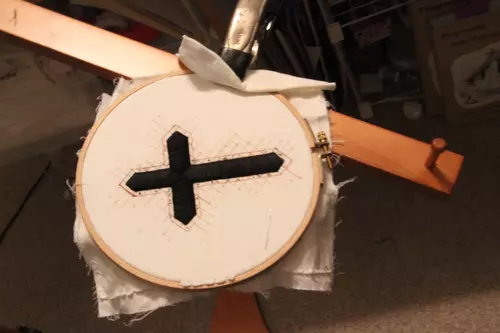
The stitching on hand embroidery project is not overly difficult. This would make a great beginner’s project with a few modifications, such as using floss padding, and a single strand of embroidery floss for the laid stitching.
Like this:
Like Loading...
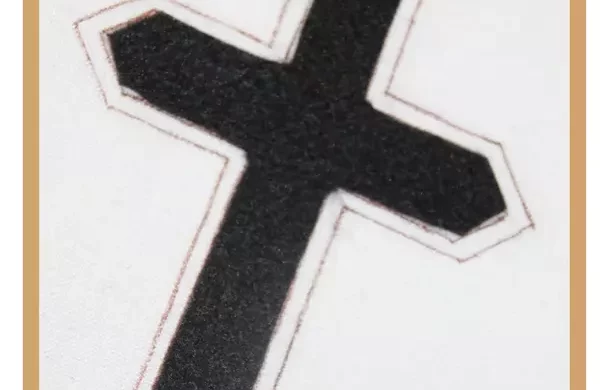
The Passion Cross has black felt padding, over which Au Ver A Soie, Soie Ovale is being stitched. A base of silk threads would be laid to create a padded surface, and then begin the stitching over thread padding.
Like this:
Like Loading...
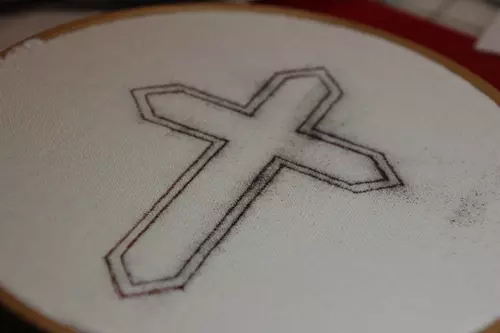
Creating Chalice Veil Cross in 20 minutes.
– The Design for the Chalice Veil Passion Cross is small. There was a tiny scrap of linen, washed and pressed, and with the right size, along with a piece of Kona Cotton to use as a backing. This was the perfect project for a small round hoop.
Like this:
Like Loading...

There is a color calendar based on LCMS 2014-2015 One Year Series Color Chart or the LCMS 2014-2015 Three Year Series B Color Chart. The color calendar is updated annually to coincide with the church year calendar and the readings for the day or season.
Like this:
Like Loading...
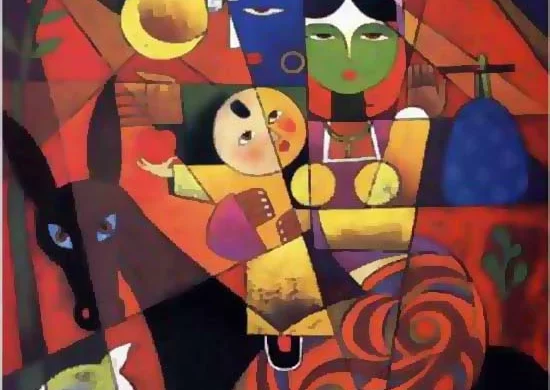
This festival of The Holy Innocents is often passed by in the Lutheran Church.
– a rare and special time to celebrate in festival Sunday.
Like this:
Like Loading...
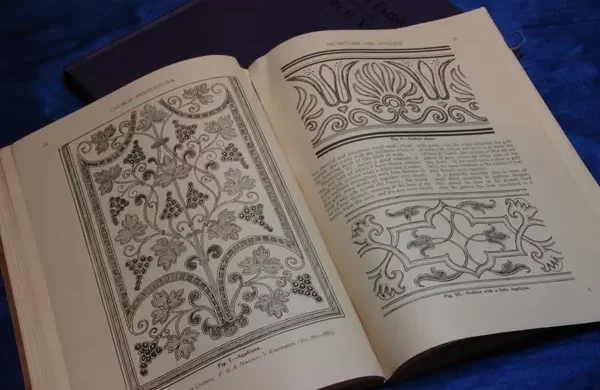
Changed plans for Advent Set due to lost time and supply delays.
A quick review from “Church Needlework” by Hinda Hands for ideas and now focusing on appliqué and outline work, balancing harsh designs with scroll accents. Using modern fusible web instead of paste for appliqué. Applying Alpha and Omega symbols directly to blue Silk Dupioni, so cutting fabric and adapting plans. Ecclesiastical Sewing project takes unexpected turns!
Like this:
Like Loading...

In anticipation of the 500th Anniversary of the Lutheran Reformation, the planning for a special Ecclesiastical Vestment Set is underway. The set, designed for Reformation Sunday, will include altar hangings, stoles, chasuble, maniple, chalice veil, burse, and potentially banners, featuring a Luther Rose design. The chosen color will be a darker, martyr red, and updates will be provided as fabric selections and embroidery designs are finalized.
Like this:
Like Loading...
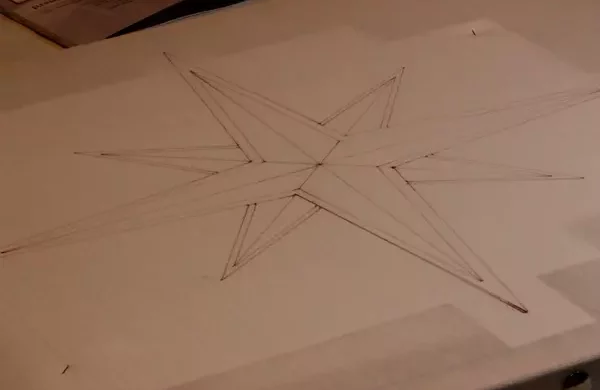
Starting a new Advent project for the church with a Star design. Quickly framed the Altar Frontal design and now onto the fun part – stitching with shiny Silver Metallic Threads. Exploring different options like Smooth Passing, Silver Twists, Check Thread, and Rococo to outline the Advent Star. The aim is to make it shimmer and shine with various textures and to create a beautiful Altar Frontal, Chalice Veil, and Pulpit Fall for Advent season.
Like this:
Like Loading...
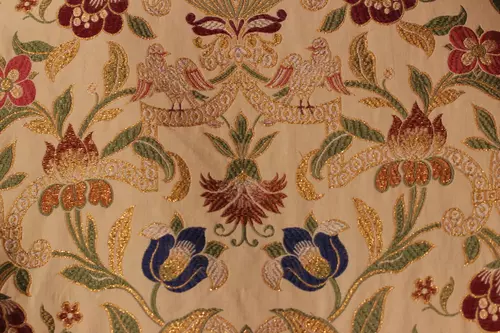
Ecclesiastical Sewing created Rose Vestments for Gaudete and Laetare Sundays. The set included an Altar Frontal, Pulpit Fall, Stole, Maniple, Chasuble, and optional Chalice Veil and Burse. Fabrics like Rose Florence Brocade and Verona Lurex Tapestry with symbolic bird motifs were chosen. The Altar Frontal featured intricate Ecclesiastical Embroidery. The Verona Tapestry’s rich design minimized the need for extensive embroidery, with selected trimmings completing the set.
Like this:
Like Loading...
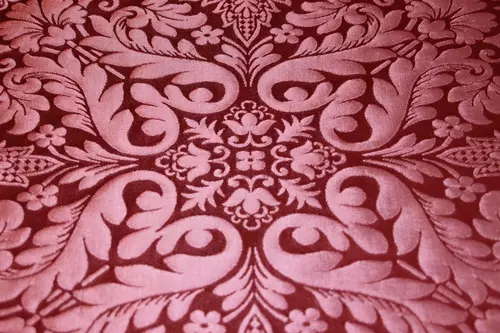
Pattern repeats in Ecclesiastical fabrics might sound scary, but fear not! Let’s take a lovely brocade, like the Florence from the UK. It’s got motifs like floral stars and stylized flowers. The key is the “pattern repeat.” For Florence, it’s 14 1/2″ both lengthwise and widthwise. So, if you start at a point on a motif and follow it until you hit the same point on the next identical motif, that’s one repeat. Simple! It’s like a beautiful puzzle waiting to be solved.
Like this:
Like Loading...

Created new Altar Hangings for the church. The project included a black and gold Good Friday Pulpit Fall using traditional fabrics imported from the UK. The set is used on Ash Wednesday and Good Friday in the Lutheran Church-Missouri Synod.
Like this:
Like Loading...












You must be logged in to post a comment.